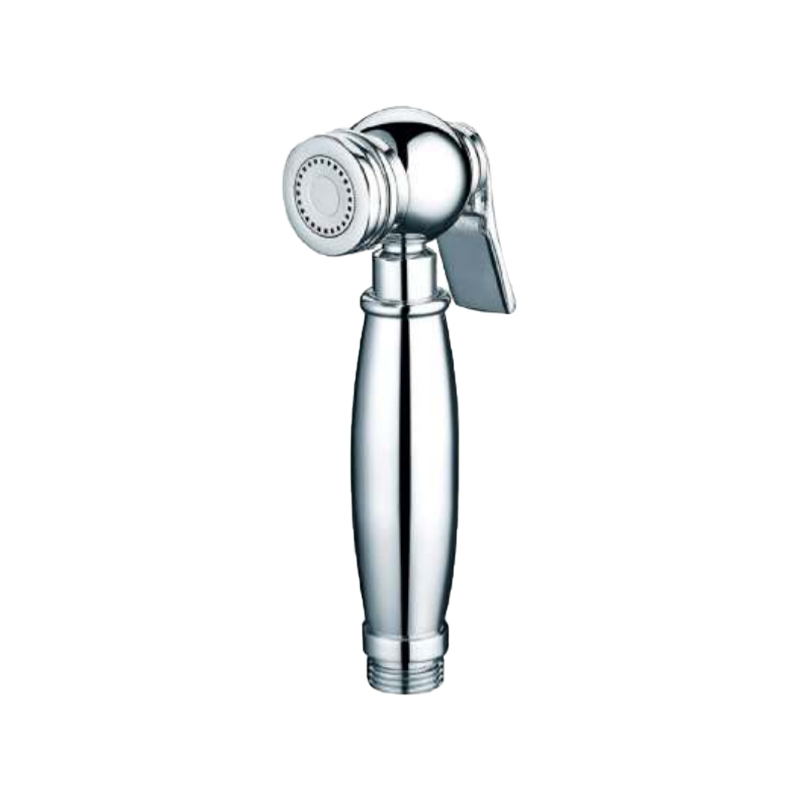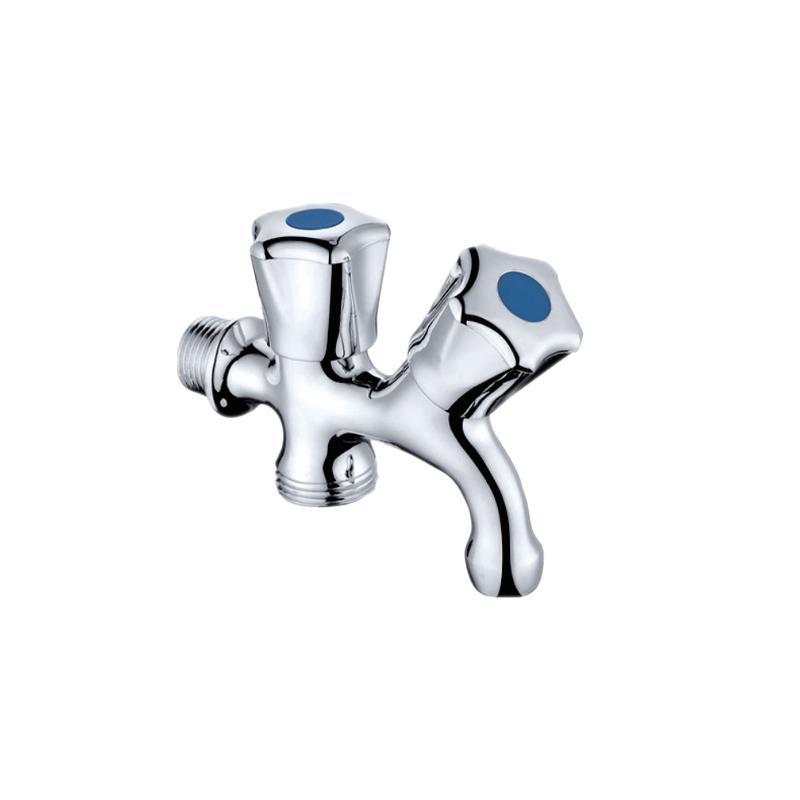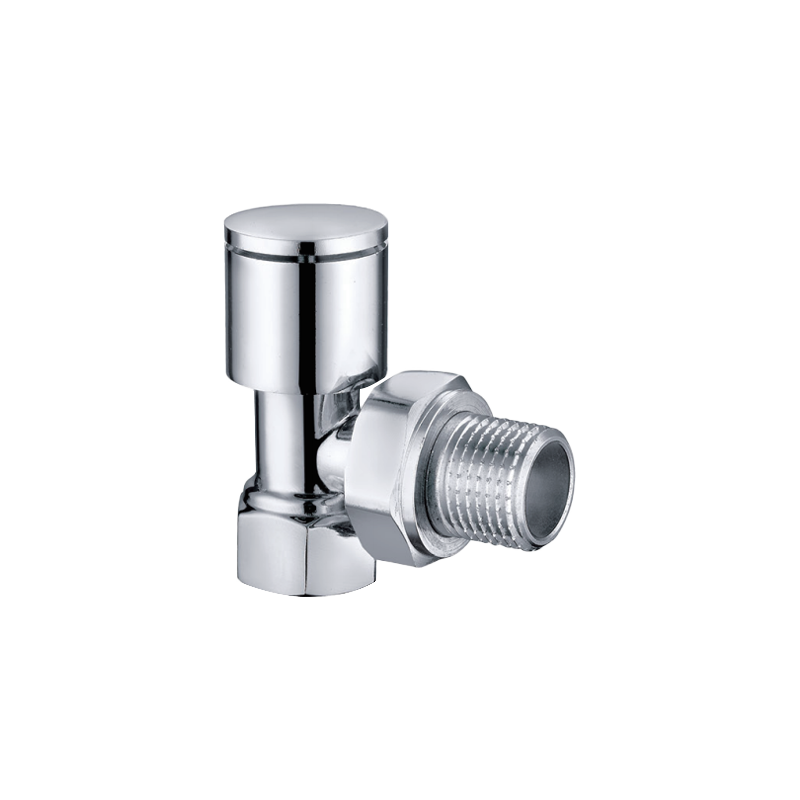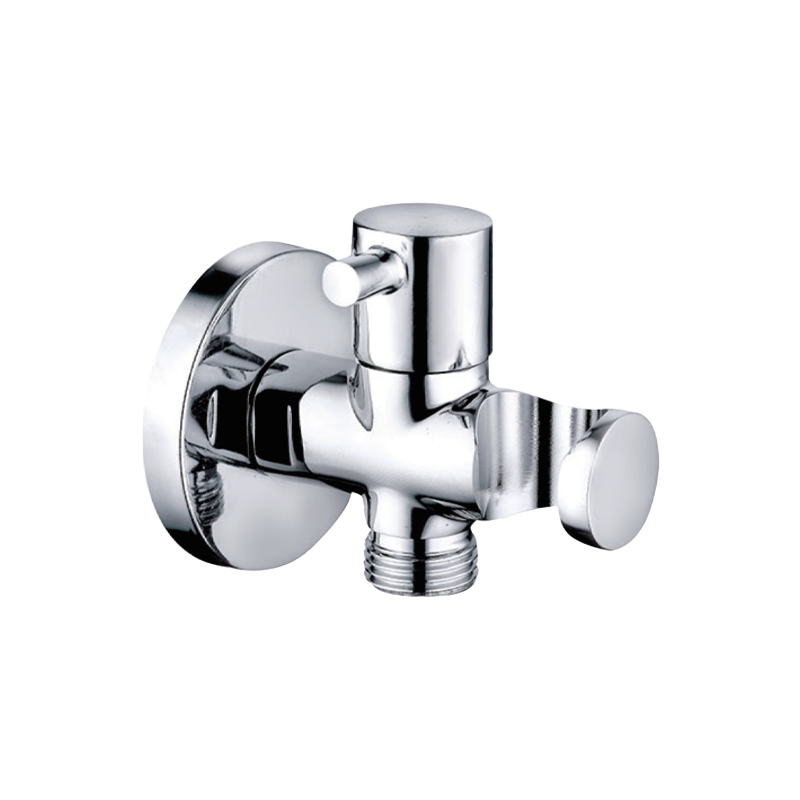Water hammer arrestors are essential plumbing components that help prevent the damaging effects of water hammer in pipes. A water hammer occurs when the flow of water is suddenly interrupted, causing a surge of pressure that can lead to pipe vibrations, loud noises, and potential damage to the plumbing system. While water hammer arrestors play a crucial role in mitigating these risks, defects in their production can impact their effectiveness and overall performance.
1. Inadequate Design and Sizing
One of the key factors affecting the performance of water hammer arrestors is their design and sizing. The adequate design ensures that the arrestors can effectively absorb and dissipate the shockwaves caused by the water hammer. However, defects in design or inadequate sizing can lead to ineffective arrestors and potential damage to the plumbing system.
Causes:
- Lack of Engineering Expertise: Insufficient understanding of water hammer dynamics and lack of engineering input during the design phase can result in poorly designed water hammer arrestors.
- Incorrect Sizing: Choosing water hammer arrestors that are too small for the plumbing system or failing to correctly calculate the required capacity for absorption can lead to ineffective performance.
Effects:
- Reduced Efficiency: Inadequate design or sizing can limit the effectiveness of water hammer arrestors, resulting in incomplete absorption of shockwaves and inadequate protection against water hammer.
- Increased Stress on Pipes: Ineffective water hammer arrestors can transfer excessive stress to the pipes, potentially causing pipe vibrations, leaks, or even burst pipes.
- Higher Maintenance Costs: Inefficient arrestors may require more frequent maintenance and replacement, leading to increased costs over time.
Solutions:
- Engineering Expertise: Involving qualified engineers in the design phase of water hammer arrestors can ensure a proper understanding of water hammer dynamics and effective design solutions.
- Proper Sizing: Carefully calculating the required capacity for absorption based on the water system's flow rate, pipe material, and other relevant factors can help determine the appropriate sizing of water hammer arrestors.
2. Manufacturing Errors
Defects in manufacturing processes can significantly impact the quality and performance of water hammer arrestors. Errors during production can compromise their structural integrity, reliability, and durability.
Causes:
- Poor Quality Control: Insufficient quality control measures during manufacturing, such as inadequate inspections or testing, can lead to the production of defective water hammer arrestors.
- Substandard Materials: The use of low-quality materials, such as inferior metals or weak valves, can result in weak or malfunctioning arrestors.
- Inadequate Assembly: Improper assembly techniques or mistakes made during the manufacturing process can lead to structural weaknesses or functional defects.
Effects:
- Reduced Lifespan: Manufacturing defects can shorten the lifespan of water hammer arrestors, leading to premature failure and the need for frequent replacements.
- Decreased Reliability: When manufacturing errors compromise the arrestors' performance, it can lead to inconsistent and unreliable operation, failing to effectively mitigate water hammer.
- Potential Leaks or Burst Pipes: Weakened or poorly assembled water hammer arrestors can result in leaks or bursts in the plumbing system, causing water damage and requiring extensive repairs.
Solutions:
- Strict Quality Control: Implementing rigorous quality control measures throughout the manufacturing process, including inspections, testing, and proper documentation, can help identify and rectify manufacturing defects.
- Material Selection: Choosing high-quality materials that meet industry standards and conducting thorough supplier audits can ensure the use of reliable components in water hammer arrestors.
- Robust Assembly Techniques: Training manufacturing personnel on proper assembly techniques and implementing strict assembly protocols can help prevent errors and ensure the structural integrity of arrestors.

 English
English 中文简体
中文简体


.png)




